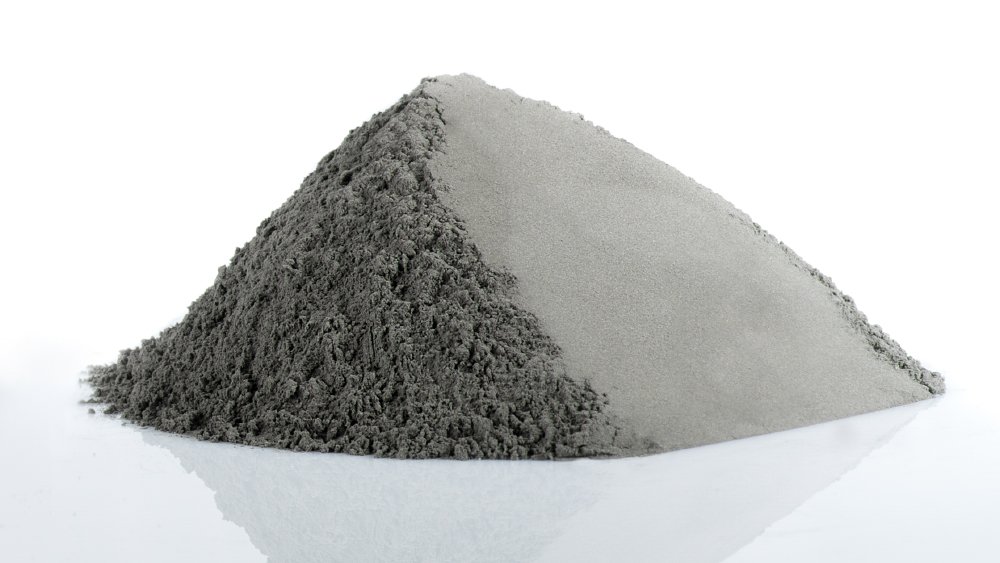The formula for surface modification is actually not simple!

1. Why should powder surface modification be carried out?
Surface modification can make inorganic powder change from general filler to functional modifier, and the purpose of modification is to select the necessary premise of modification method:
In order to enhance the compatibility between inorganic powder and organic polymer and the dispersibility in organic matter, to improve the mechanical strength and comprehensive performance of the material, organic surface modification can be selected;
To obtain new mineral intercalation compounds, such as clay or graphite intercalation compounds, intercalation modification can be selected;
In order to replace silica and supplement the deficiencies of silica in some properties, the surface can be coated with silica;
To replace titanium dioxide or reduce the amount of titanium dioxide, the surface can be coated with titanium dioxide;
In order to improve some special properties of rubber products, metal particles can be selected on the surface;
In order to improve the optical efficiency and visual effect of the product, metal oxides such as titanium oxide, chromium oxide and iron oxide can be selected on the surface.
2. How to choose a surface modifier?
The selection of surface modifier is the key to achieve the expected purpose of powder surface modification, and it has strong pertinence.
From the point of view of the interaction between the surface modifier molecules and the surface of the inorganic powder, the surface modifier that can chemically react or chemically adsorb with the surface of the powder particles should be selected as much as possible, because the physical adsorption is strong in the subsequent application process. Easy to desorb under stirring or squeezing, for example:
Inorganic powders (fillers or pigments) used for various plastics, rubbers, adhesives, oil-based or solvent-based coatings require good surface lipophilicity, that is, good affinity or compatibility with organic polymer binders, which It is required to select a surface modifier that can make the surface of inorganic powder hydrophobic and lipophilic;
The surface functional groups and reactive sites of calcined kaolin are mainly Si-O and Al-O bonds, so surface modifiers that are easy to form chemical coordination with Si-O and Al-O bonds should be selected;
For acidic minerals such as quartz powder, clay, wollastonite, and diaspore that contain more silicic acid, it is better to use silane coupling agent.
Titanate and aluminate coupling agents have chemical adsorption with basic minerals such as calcium carbonate under certain conditions and to a certain extent.
3. How to choose the surface modification process?
The surface modification process must meet the application requirements or application conditions of the surface modifier, have good dispersibility of the surface modifier, and can achieve uniform and firm coating of the surface modifier on the surface of the powder; at the same time, it requires a simple process and parameters. Good controllability, stable product quality, low energy consumption and low pollution.
Therefore, when selecting a surface modification process, at least the following factors should be considered:
Characteristics of the surface modifier, such as water solubility, hydrolyzability, boiling point or decomposition temperature;
Whether the front-end pulverization or powder preparation is wet or dry;
Modified process conditions, such as reaction temperature and reaction time.
4. How to choose surface modification equipment?
There are many types of powder surface modification equipment, including dry modification equipment and wet modification equipment. The selection is based on the surface modification method and process. The selection principles are as follows:
Good dispersibility for powders and surface modifiers. Only with good dispersibility can the powder and the surface modifier have a more equal opportunity and effect, and the amount of the surface modifier can be reduced.
The modification temperature and residence time can be adjusted within a certain range.
Low energy consumption and low wear per unit product. In addition to modifiers, the main cost of surface modification is energy consumption. Modification equipment with low energy consumption can reduce production costs and improve product competitiveness; low abrasion can not only avoid the pollution of modified materials, but also improve the operation of equipment. efficiency and lower operating costs.
In short, the purpose, method, process, equipment and other aspects of surface modification affect each other. It is necessary to consider comprehensively, take into account both left and right, and continue to explore in the correct thinking and direction, in order to find the most suitable surface modification technology for oneself.
